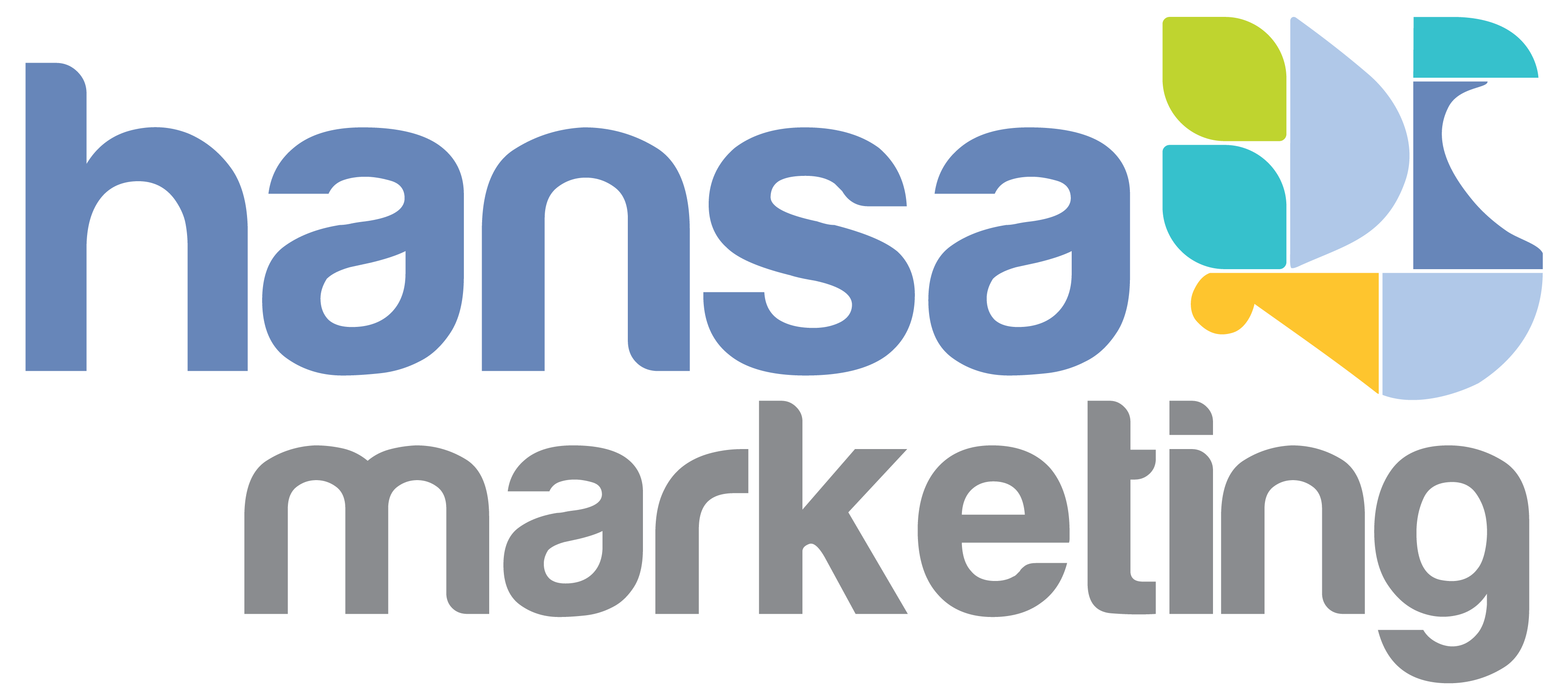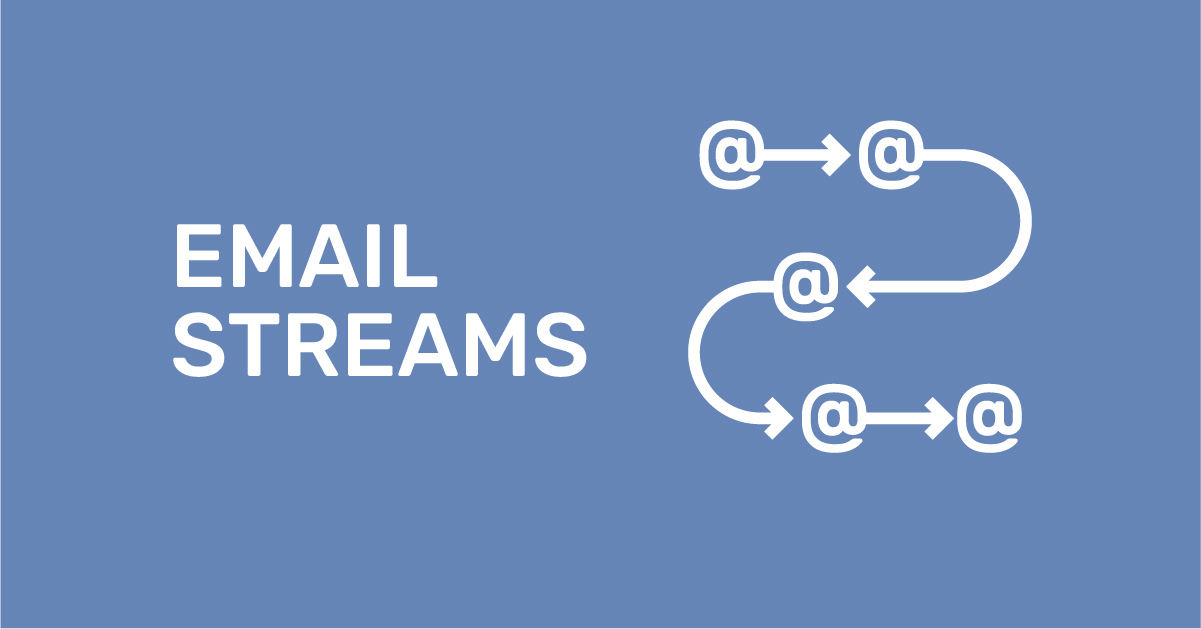Enough with the good ideas already
3 min read
Not everyone wants your email
By Roy Wollen on Jul 1, 2020 11:26:05 AM
Not everyone wants your email. If that's true, why do customers signup anyway?
Many customers register their email address, but don’t opt in for email marketing. This is surprisingly common, and is a mystery to email marketers. Clients struggle to explain why 20% of their e-commerce customers are on a poorly named “suppression list”? What’s going on here?
When customers don’t opt in, are they saying they don’t love the brand? Could it be: our “fabulous deals” fall flat? Is it a matter of love the brand/hate the email?
The marketer in me doesn’t want to admit customers don’t want promotional email. Maybe I didn’t explain the benefits properly. If I used magical words, maybe that would’ve changed a customer’s mind. The best practice here is obvious.
The best email marketers set expectations properly. What types of emails will subscribers receive? How often? What are the benefits of receiving marketing email (not just sales incentives, but value-add)? How are subscribers in control?
Nordstrom has given this some thought. Their signup form says “Yes, sign me up for emails about the latest looks, sales, events and more.”
Amtrak features discounts, but there is value-add for news and information
Remember customers who love your brand, look forward to your emails. They pick them out of crowded inboxes. This DSW fan enjoyed getting 2 emails the same day. But not everyone wants to receive promotional, deal-centric emails. What are the best practices for how communicate without email?
- Think customers, not email addresses. When a customer does not opt in, it may mean there is another email they use more often (work versus personal email). The best email marketers see customers, many with multiple email addresses. In b2b, clients can associate email addresses to a site to support Account Based Marketing (ABM). Who else at that site is purchasing or engaging with your brand?
- Reach customers beyond email. A customer’s email address usually connects to terrestrial address, phone number and other juicy bits of data to help you communicate with your Direct mail is expensive, but may make sense for the most profitable customers
- Onboarding email addresses. Many brands use email addresses for onboarding - the process of matching to Google, Facebook, LiveRamp etc (with names like Google Customer Match, Facebook Custom Audiences, LiveRamp Data Matching). Onboarding gives brands a way to use display advertising when they can’t email directly. A best practice is to vary the message for cart abandoners, new customers, big spenders, customers nearing attrition, old customers who just visited your site. This is where email marketers can be creative, but don’t forget to test these ideas before you buy expensive paid media
Opt in, Opt out – make up your mind
Are you afraid of subscribers who opt in but subsequently opt out? From my experience, these are true opt outs in the sense that they experienced the email marketing program then said “forget it.” Fortunately, most brands discover these numbers are tiny as visualized using a brand in the home improvement industry.
2 min read
Great. You signed up for email. Now what?
By Roy Wollen on Jun 2, 2020 3:06:24 PM
What brands do with the 1P data they collect is the key to success. What customers share with the brand is not nice-to-know information. It’s customers telling brands two things - What they expect to get back and their level of trust. The greater the brand trust, the more customers will divulge.
Many email programs collect lots of 1P data. Customers expect value in exchange for creating a login, building a profile and sharing what they want. The way brands start the conversation is called a welcome email and the best come in streams of communications, not just one automatically generated “hello” from a robot. From our experience working with hundreds of email marketers, here are the best practices:
- What happens after signup? A welcome message triggered upon signup is good, but what comes next is more important. The best brands consider these campaigns over time in a stream of communication
- Use the 1P data customers share. The best brands have a formal email welcome campaign, built to nurture the customer relationship. These emails help users get started with suggestions and ideas. They are designed to encourage people to re-engage. They take the opportunity to remind users what they signed up for, and may repeat back 1P data. The email program then uses customer data to customize the relationship
- Let's get personal. The best brands make their email campaigns completely personalized using 1P data. For example, different customers get different offers, messages, creative assets and cadence and this begins from the welcome stream. Check out this great example...
Nordstrom’s welcome stream explains the benefit of the email program as well as its loyalty program and is customized to reflect recent purchases


